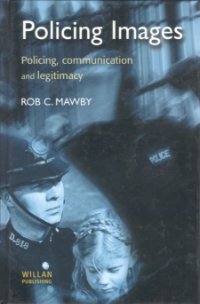By Jean-Pierre Guay
In Québec, street gangs are now among the newest threats to public safety (MSPQ, 2007; SPVM, 2005). Major police efforts to dismantle juvenile prostitution networks or reduce drug trafficking have escalated the flow of juvenile offenders into the adult correctional system. Gang members are a growing presence in the penal system and, to a certain degree, risk assessment creates its own problems. The objective of this research is to examine the applicability of the LS/CMI (Andrews, Bonta, & Wormith, 2004) to gang members and to identify specific criminogenic needs profiles compared to non-gang offenders. A sample of 172 offenders serving sentences of more than six months under provincial jurisdiction was used within this framework. Eighty-six offenders, identified by the Ministère de la Sécurité publique du Québec, were paired by age, status and city of residence with 86 offenders not identified as gang members. All were assessed with the LS/CMI. Data on new arrests and new convictions were used afterward to test the predictive validity of the LS/CMI. The results indicate that gang members present more diverse criminal histories and greater prevalence of convictions for violent offences. The LS/CMI data analysis showed that gang members present more significant criminogenic risks and needs, and in a greater number of areas than did the control group subjects. These higher needs translated into higher rates of re-arrest and substantially more convictions for violent crimes. The LS/CMI was also useful in predicting recidivism for gang members. Multivariate analyses with the Cox proportional hazard model suggest that, at equal risk, gang offenders are arrested more frequently for both general crimes and violent crimes. Age and equal risk factors also apply to new convictions for violent crimes; gang members are more likely to face new convictions than are non-members. The implications of these results are discussed.
Ottawa: Public Safety Canada, 2012. 35p.





















